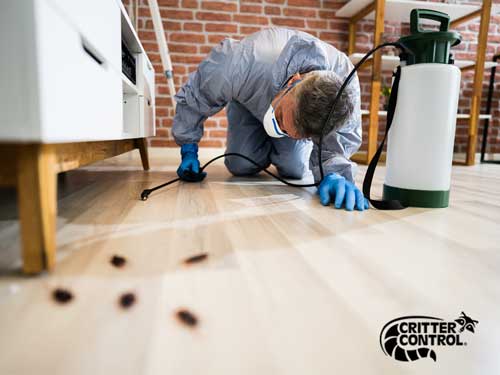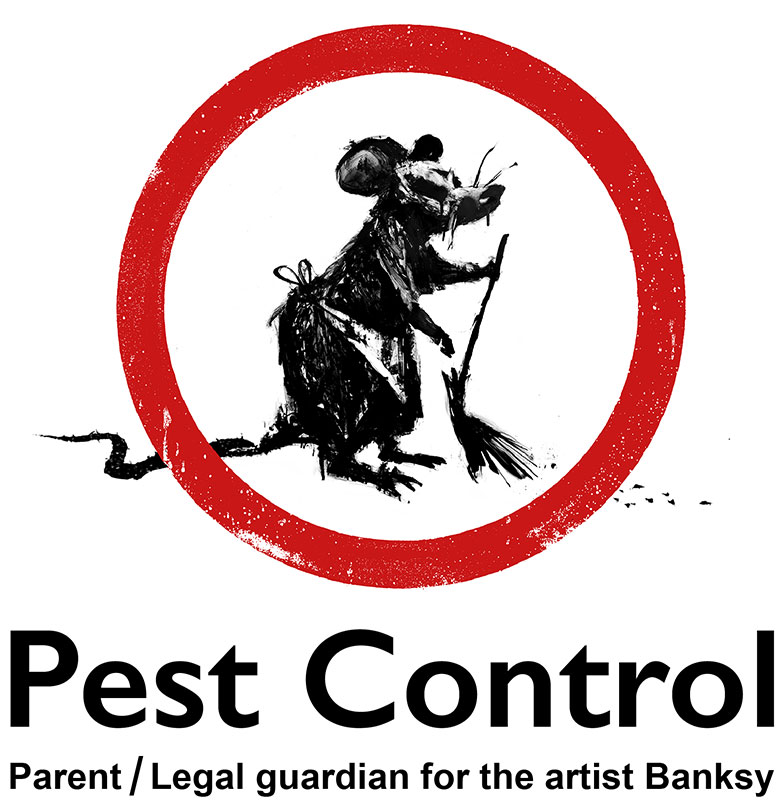Expert A1 Charlotte Bed Bug Exterminator - Top Quality Service Guaranteed
Expert A1 Charlotte Bed Bug Exterminator - Top Quality Service Guaranteed
Blog Article
Bed Bug Therapy Malfunction: Contrasting Chemical Vs. Non-Chemical Solutions
In the world of parasite control, especially when dealing with the persistent problem of bed insects, the choice between chemical and non-chemical treatment options can be a crucial one. Both methods offer distinctive advantages and downsides, affecting variables such as efficiency, security considerations, and general expense. By examining the nuanced information of each technique, a clearer understanding of which path to seek in resolving a bed bug invasion can be acquired.
Effectiveness of Chemical Treatments
Chemical treatments for bed insect problems have been commonly identified for their fast and potent efficiency in eliminating these parasites. When taking into consideration the performance of chemical therapies, it is crucial to understand that they can provide a quick and thorough solution to a bed pest problem. Specialist exterminators typically depend on pesticides to target bed pests at different phases of their life cycle, consisting of grownups, eggs, and nymphs. These chemicals commonly function by interfering with the bed insects' nerve system, resulting in paralysis and eventual death.
Furthermore, chemical treatments have the advantage of offering recurring effects, meaning that they can continue to get rid of bed bugs even after the first application. This residual action is specifically helpful in combating any kind of prospective re-infestations. Additionally, the rapid activity of chemical treatments can bring alleviation to individuals encountering severe bed pest invasions, allowing them to gain back control of their home rapidly.
Safety Worry About Chemical Solutions
One important facet that calls for cautious factor to consider when utilizing chemical solutions for bed bug therapy is making sure the safety of occupants and the environment. While chemical treatments can be efficient in eradicating bed pests, they may present dangers otherwise dealt with properly. One of the key safety and security worry about chemical options is the potential injury they can trigger to human health and wellness. Exposure to specific chemicals made use of in bed insect therapies can result in respiratory system concerns, skin irritation, or other unfavorable responses, especially in people with pre-existing conditions or sensitivities. In addition, incorrect application or dosage of chemical pesticides can cause hazardous residues remaining in the cured area, positioning long-term health risks to owners.
Additionally, the ecological impact of chemical services is an additional considerable consideration. Some pesticides utilized in bed bug treatments might be unsafe to advantageous pests, wild animals, and ecological communities if they seep right into the dirt or water supply. It is necessary to make use of chemical treatments judiciously, complying with safety and security standards, and considering much less toxic alternatives to minimize these risks and ensure the secure and reliable monitoring of bed pest problems.
Advantages of Non-Chemical Approaches
Considering the prospective security concerns and ecological impact connected with chemical services for bed bug treatment, exploring non-chemical approaches provides a promising option with several distinctive benefits. Non-chemical techniques supply a much safer alternative for households, specifically those with individuals, youngsters, or pets conscious severe chemicals. These strategies remove the dangers of exposure to harmful substances, reducing the capacity for negative health effects. Furthermore, non-chemical therapies are eco-friendly, as they do not add to air or water pollution, making them a lasting option for insect control.
In addition, non-chemical remedies can be efficient in targeting bed pests, including hard-to-reach areas where chemical treatments might not permeate. Methods such as heat treatment, vacuuming, steam cleansing, and bed mattress encasements supply complete obliteration without the usage of unsafe chemicals. Furthermore, non-chemical methods can be less turbulent, calling for marginal prep work and permitting quicker reentry right into treated areas. Generally, choosing non-chemical bed bug treatment methods not only focuses on safety and security and environmental protection but additionally makes certain reliable and thorough insect control.
Limitations of Non-Chemical Treatments

In addition, non-chemical treatments usually call for multiple applications to accomplish successful removal. This can be taxing and might not always guarantee full removal reliable pest control of all bed insects and their eggs, especially in hard-to-reach or hidden locations.
Furthermore, the success of non-chemical treatments heavily depends on appropriate implementation and thoroughness, which can be challenging for individuals without professional competence. Inadequate application of non-chemical approaches may cause incomplete elimination, leading to consistent invasions and the demand for additional therapies.
For that reason, while non-chemical treatments have their benefits, it is important to recognize these restrictions and consider them when figuring out the most reliable technique for handling bed bug problems.
Expense Comparison: Chemical Vs. Non-Chemical Options
Offered the limitations connected with non-chemical therapies, an essential aspect to assess in the context of bed bug management is the price contrast between chemical and non-chemical choices. Chemical therapies usually include the application of pesticides by professionals, which can range from $250 to $900 per room, depending upon the extent of the invasion and the dimension of the area to be dealt with. In comparison, non-chemical treatments like warmth treatment or heavy steam can be a lot more expensive, with costs ranging from $1,000 to $6,000 for an entire home. While the initial expense of chemical treatments may seem reduced, several therapies might be required to totally get rid of the problem, possibly raising the total cost. On the various other hand, non-chemical options might supply a much more environmentally friendly and lasting solution, although they can be cost-prohibitive for some people. Inevitably, when thinking about the cost of bed bug treatment options, it is essential to consider the in advance expenses against the efficiency and long-lasting sustainability of the picked method.
Final Thought

Taking into consideration the possible safety and security problems and environmental influence linked with chemical solutions for bed pest therapy, checking out non-chemical methods presents an encouraging alternative with a number of distinctive advantages.Given the restrictions linked with non-chemical treatments, an important element to review in the context of bed insect administration is the price comparison in between chemical and non-chemical alternatives. In contrast, non-chemical treatments like warmth treatment or vapor can be much more expensive, with prices ranging from $1,000 to $6,000 for a whole home. While the first cost of chemical therapies might appear reduced, numerous therapies may be required to totally remove the invasion, potentially increasing the overall expense.In conclusion, when comparing chemical and non-chemical bed bug visit treatment alternatives, it go to this site is crucial to take into consideration effectiveness, safety, advantages, restrictions, and price.
Report this page